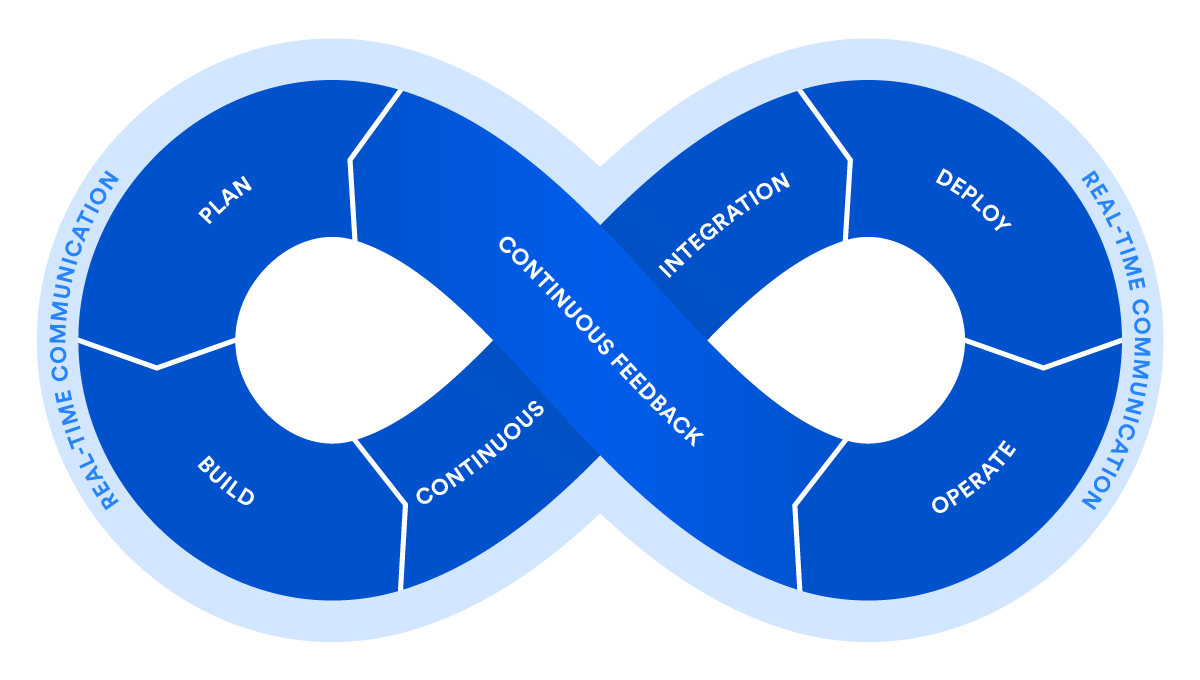DevOps Services
DevOps integrates development and operations to speed up app delivery, enhance stability, and boost team collaboration through automation and continuous monitoring.

DevOps Strategy

Continuous Integration and Deployment (CI/CD)
CI updates code frequently with automated tests to catch errors early, while CD automated deployment for faster, high-quality feature releases.
Automation and Infrastructure as Code
Automation boosts efficiency by minimizing errors in repetitive tasks, while Infrastructure as Code (IaC) enables effective software environment control and reconfiguration through coding.
Continuous Monitoring and Testing
Continuous monitoring ensures system stability by tracking performance and detecting issues early, while continuous testing enhances software quality through regular automated tests.
Change Management and Continuous Improvement
Change management ensures effective implementation to minimize risks, while continuous improvement enhances efficiency and achieves better results.
Collaboration and Ongoing Training
DevOps strategies enhance collaboration between teams through shared tools, with a focus on continuous training to update skills and ensure efficiency and effectiveness
DevOps strategies
streamline software development with continuous integration, delivery, and automation, improving quality, speed, and collaboration for competitive advantage.

Scalability, Innovation, Efficiency
Optimize Operational Processes:
- Automation: Reduces manual tasks, speeds up processes, and ensures consistency across development and operations.
- Continuous Monitoring: Provides real-time insights into system performance, enabling quick detection and resolution of issues.
- Collaboration: Enhances communication between development and operations teams, leading to more cohesive and efficient workflows.
Importance for Organizations:
- Large Organizations: DevOps enhances scalability, allowing for the seamless management of complex systems, faster deployment, and better resource utilization.
- Small Organizations: It provides a competitive edge by enabling rapid innovation, reducing time-to-market, and maintaining system reliability with limited resources.

Achieving Organizational Excellence with DevOps:
Optimize Operational Processes:
- Improve software delivery velocity: Accelerate development and deployment to quickly adapt to market changes.
- Increase operational efficiency: Reduce human errors and enhance processes through automation.
- Flexible infrastructure management: Utilize infrastructure as code (IaC) for easier scaling and modifications.
Enhance Quality and Innovation:
- Enhance software quality: Detect bugs early with automation and continuous testing.
- Improve team collaboration: Foster better communication between development and operations teams.
- Enhance innovation and adaptation: Support rapid innovation and adaptation to changing conditions.
Get help from our Experts
Talk to our team about what you need to develop
your organization.






